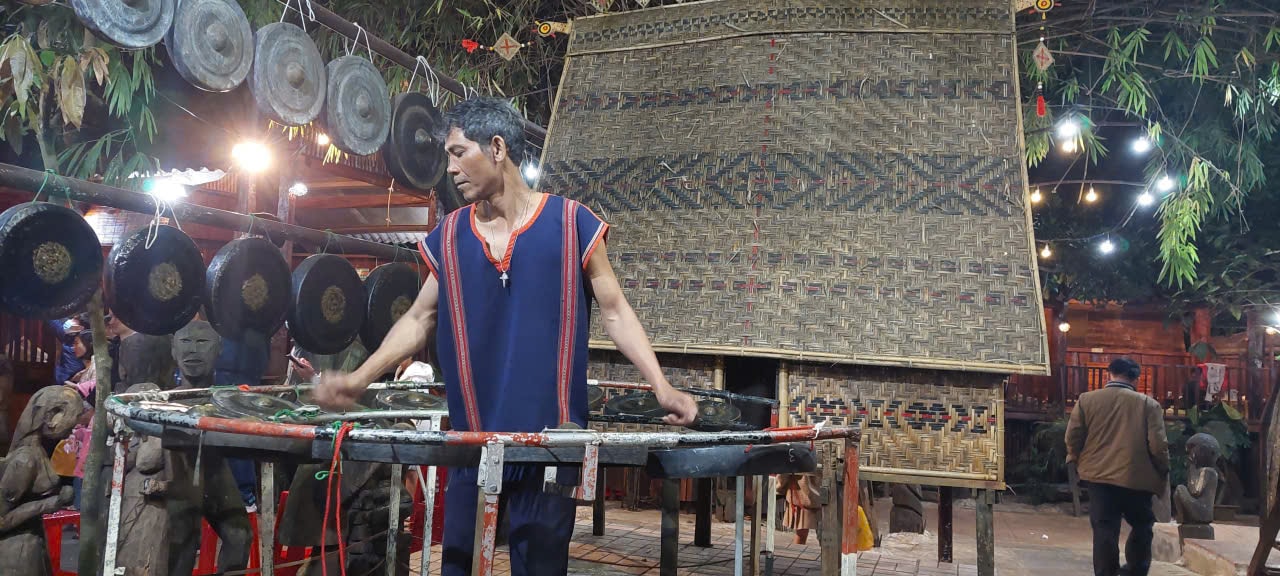
Community memory map
The Central Highlands is not only attractive for its epic echoes or the fire of gongs, but also for the world of patterns that the land possesses.
The patterns range from the indigo shirt, the bamboo basket to the roof of the communal house, the long house, the tomb - like a "memory map" that each village "woven" in its own way. They encapsulate in each brocade weave, each carving the community's view of the world, of life and of sacred beliefs.
The Ede people prefer dark tones, with the main fabric background being black, with red, yellow, and white patterns; around the mid-20th century, purple and green were added, and later blue and azure were added.
Looking at a piece of brocade is like seeing the deep beats in an emotional song. When standing in front of an Ede costume, many people are attracted by the two red panels on the chest in the shape of a trapezoid (men's shirt) symbolizing the wings of an eagle, which symbolizes the spirit and desire to conquer nature, both decorative and affirming the strength of the heart.
Quite similar to the Ede people's shirt, the Gia Rai people's shirt has eye-catching patterns. The hem of the Ede men's shirt is often bordered with colored thread and attached with a red thread tassel about 15cm long called Kteh, both small and fierce like the unique mark of the ethnic group.
The Ba Na people are more restrained, but in the coherence of the eight-pointed star, the water waves or saw teeth echo the rhythm of drums and gongs, of the babbling stream around the village.
Not only stopping at costumes, Central Highlands patterns are also most clearly present in community architecture.
The communal houses of ethnic groups are covered with bamboo blinds, skillfully woven and dyed into diamond-shaped squares, triangles, eight-pointed stars, and decorated with carvings of people, birds, animals, and trees. These motifs are not only for beauty, but also to convey the desire for fertility, light, and longevity.
Stepping into the communal house, one can feel as if standing before a picture epic. There, each pattern is a story, each color block is a belief.
Even in places of separation - the tombs - patterns are not absent. On the kut pillars, klao pillars, and roof ridges, people carve images of the moon, people, birds, animals, and fruits. At the top of the pillars, there are often statues of a man and a woman, reminding us that life continues even after people have passed on to the other world. There, patterns become a way to connect the yin and yang, keeping the departed and the living together through symbols.
Symbolic language of earth, sky and man
What makes the Central Highlands patterns different is not only the technique or motifs, but also the symbolic meaning they carry. Each line is a symbol, each motif is a way to name the universe in images.
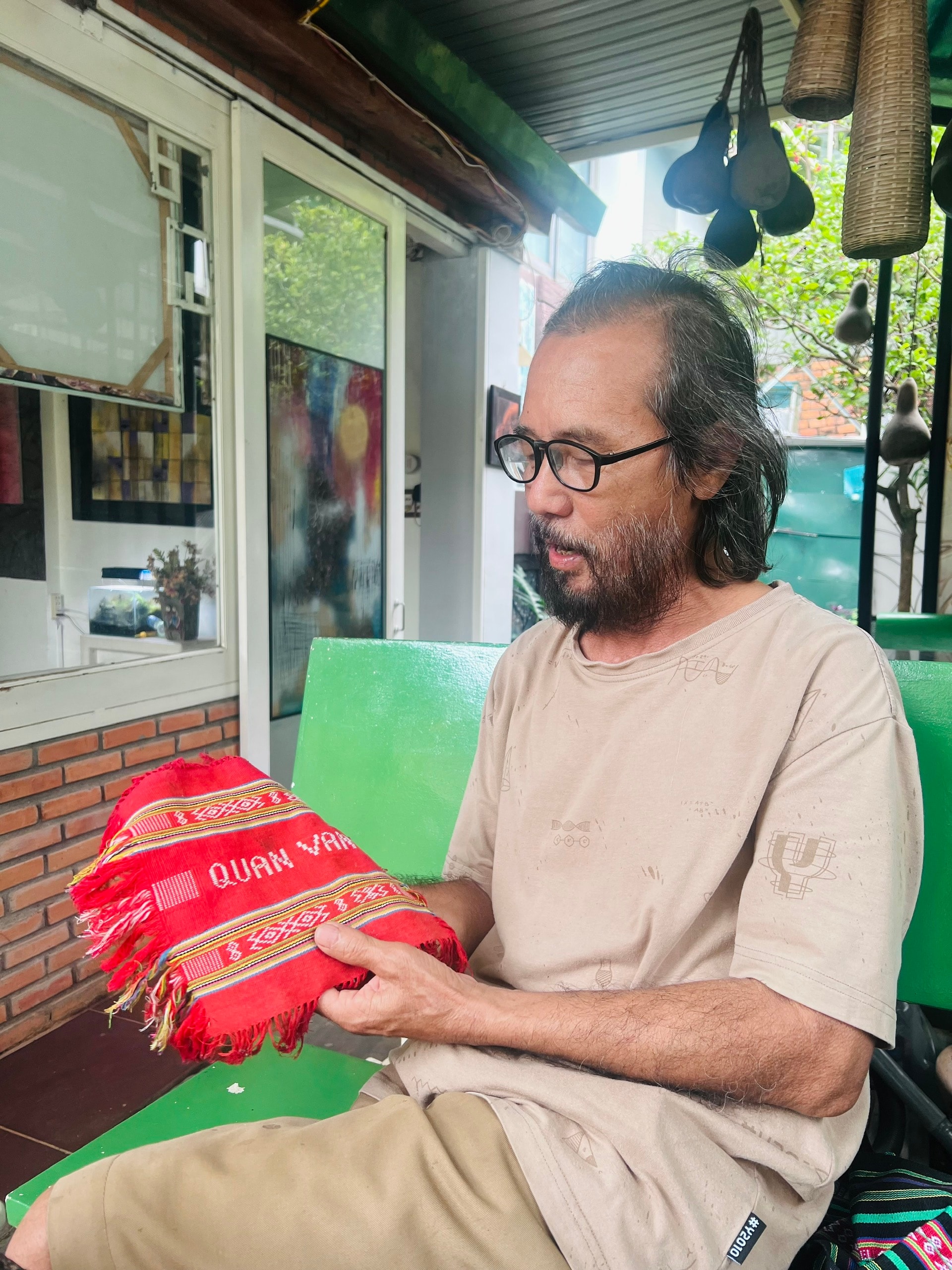
In the zigzag lines, we see the silhouette of mountain steps, evoking the solidity of red basalt soil. In the diamond squares, we read the story of seeds, crops, and the desire to survive. In the saw teeth is the image of an axe blade used to clear the fields, symbolizing persistent labor and human strength. The land - the place where the village survives - is completely entrusted in seemingly simple motifs.
Looking up, we see the eight-pointed sun, the pole, the spiral… all pointing towards the sky. For the people of the Central Highlands, these are prayers to God, the desire for peace, the light to guide the way. Patterns, therefore, become a “language of belief”, connecting people with the gods through images.
Thanks to that, the patterns of the Central Highlands are no longer decorative, but a system of symbolic language, where earth, sky and people are in harmony. They create another “epic”, not with lyrics, but with images, colors and deep layers of meaning.
In modern life, the patterns of the Central Highlands have stepped out of the villages, appearing on fashion shows, in architecture, and in tourism products. Brocade is sewn into ao dai, baskets become decorative items, and the eight-pointed sun motif is printed on souvenirs. All of these show the spreading vitality of the patterns.
Under the brilliant beauty
And there are hidden worries. In many villages, the weaving and knitting professions are losing their young generation. Old artisans are gradually passing away, taking with them their sophisticated techniques that they have not had time to pass on.
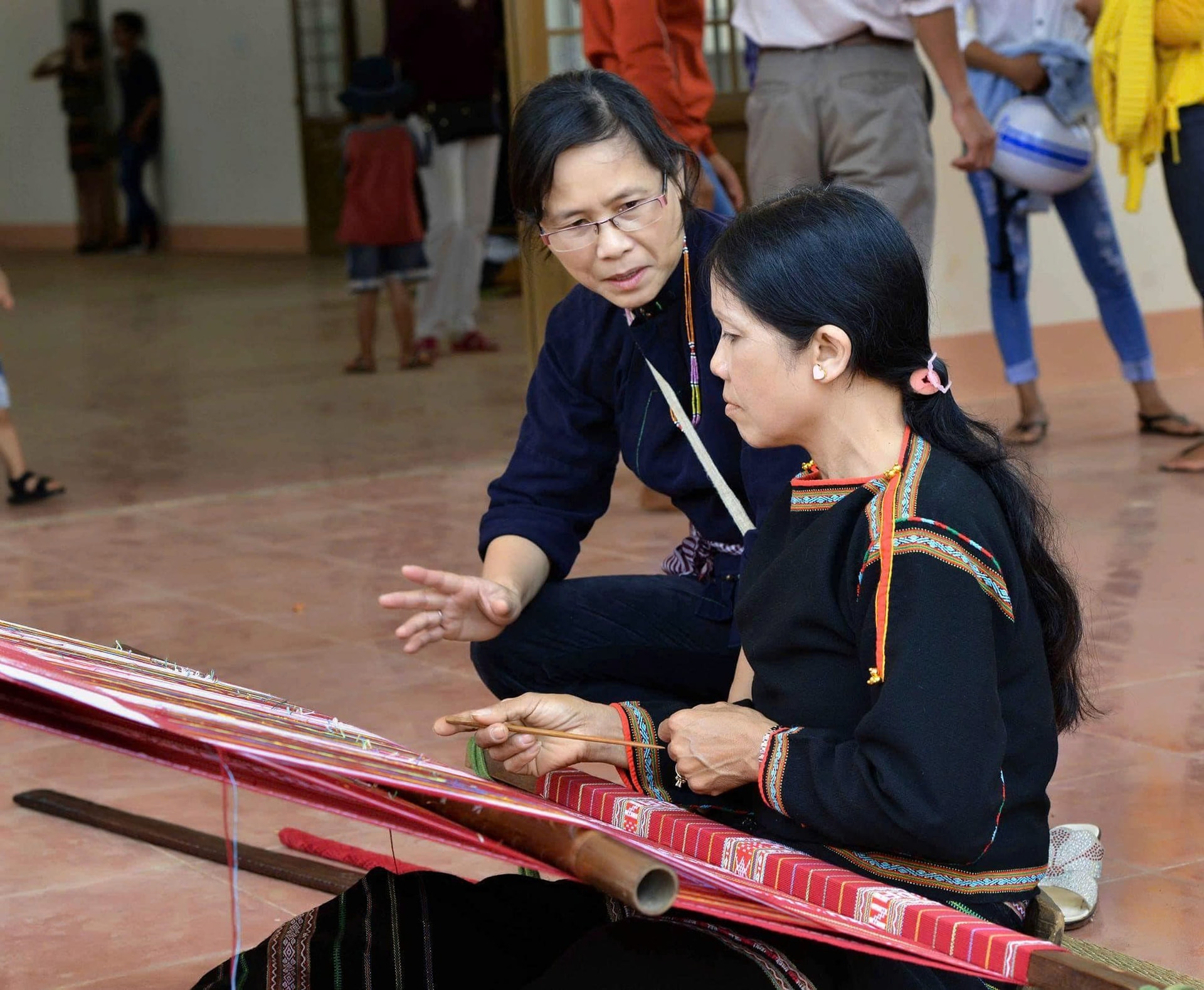
The communal house and ferry space, which once nurtured collective memories, are gradually disappearing from daily life. And another danger: when the patterns become just items sold to tourists, they lose their cultural context and the breath of community attachment.
Researcher Linh Nga Nie Kdam - one of the people who contributed greatly to preserving the culture of the Central Highlands once emphasized: "The brocade of the ethnic minorities of the Central Highlands is very special, the patterns are very characteristic. Losing brocade costumes, losing brocade patterns means losing the culture of the ethnic group".
Preserving patterns cannot stop at just displaying them in museums or organizing festivals. We must bring patterns back to life; we must let children learn how to weave, and read the meaning of each motif as if reading the words of their ancestors; we must let villages bustle with festivals with the silhouettes of brocade, bamboo baskets, and communal house patterns; we must let tourists sit at the loom, listening to artisans tell the story of patterns from their own life experiences, instead of just buying soulless souvenirs...
Source: https://baodanang.vn/ngon-ngu-doi-song-nguoi-mien-thuong-3305428.html






![[Photo] Prime Minister Pham Minh Chinh chairs the Government's online conference with localities](https://vphoto.vietnam.vn/thumb/1200x675/vietnam/resource/IMAGE/2025/10/5/264793cfb4404c63a701d235ff43e1bd)
![[Photo] Prime Minister Pham Minh Chinh launched a peak emulation campaign to achieve achievements in celebration of the 14th National Party Congress](https://vphoto.vietnam.vn/thumb/1200x675/vietnam/resource/IMAGE/2025/10/5/8869ec5cdbc740f58fbf2ae73f065076)
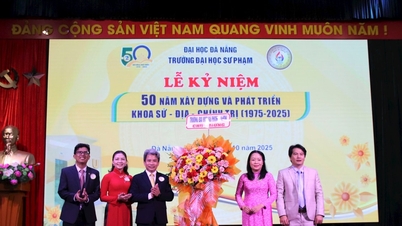
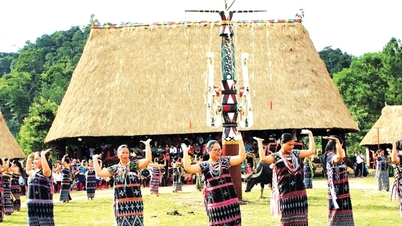
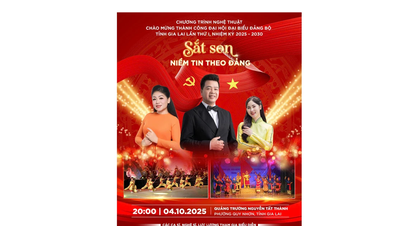



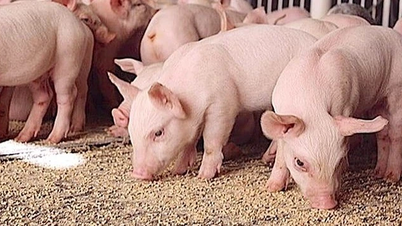
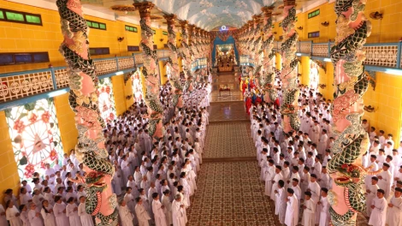



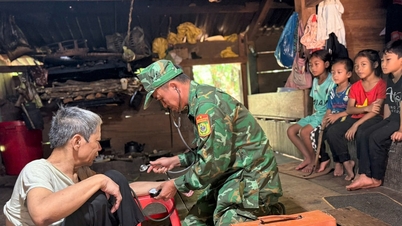

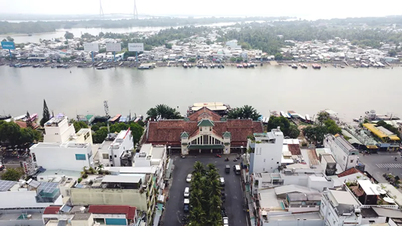

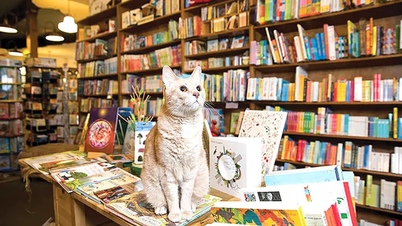




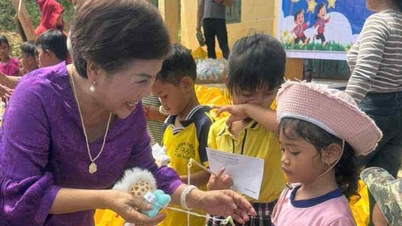
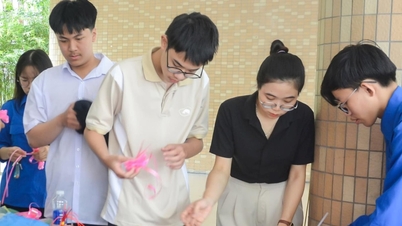
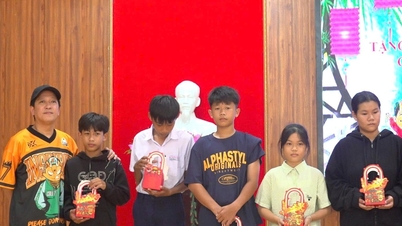
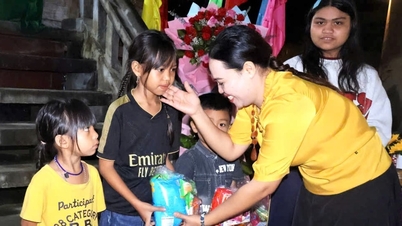

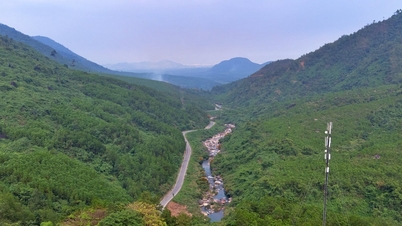



























![[VIDEO] Summary of Petrovietnam's 50th Anniversary Ceremony](https://vphoto.vietnam.vn/thumb/402x226/vietnam/resource/IMAGE/2025/10/4/abe133bdb8114793a16d4fe3e5bd0f12)

![[VIDEO] GENERAL SECRETARY TO LAM AWARDS PETROVIETNAM 8 GOLDEN WORDS: "PIONEER - EXCELLENT - SUSTAINABLE - GLOBAL"](https://vphoto.vietnam.vn/thumb/402x226/vietnam/resource/IMAGE/2025/7/23/c2fdb48863e846cfa9fb8e6ea9cf44e7)














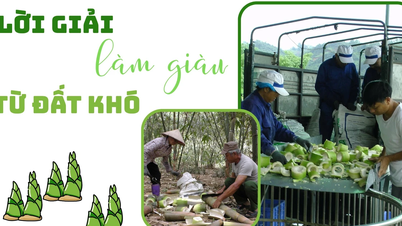

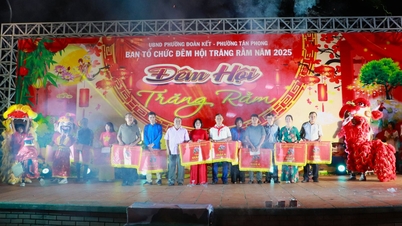
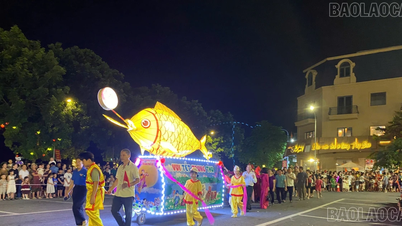

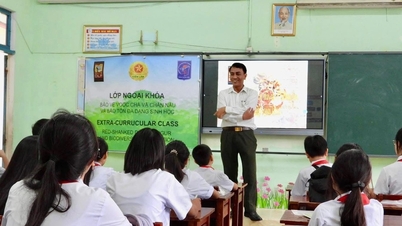
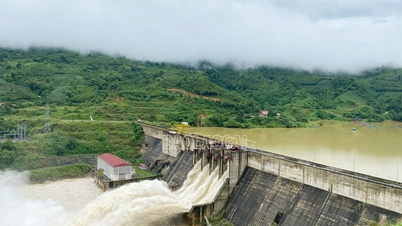












Comment (0)